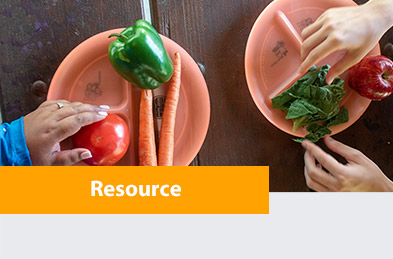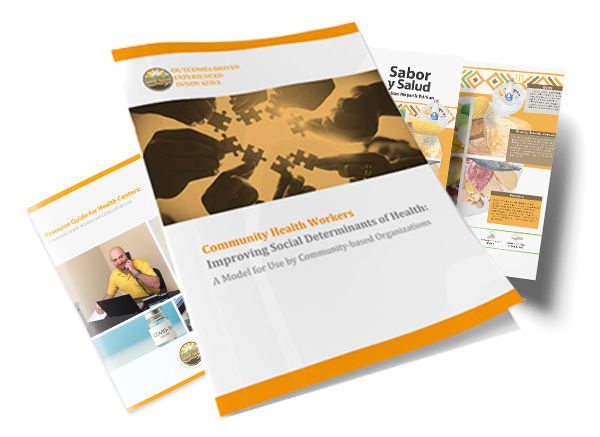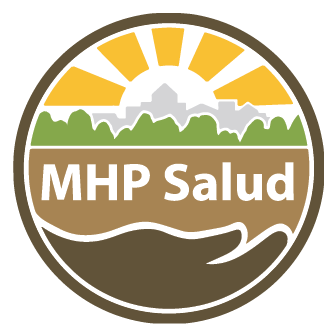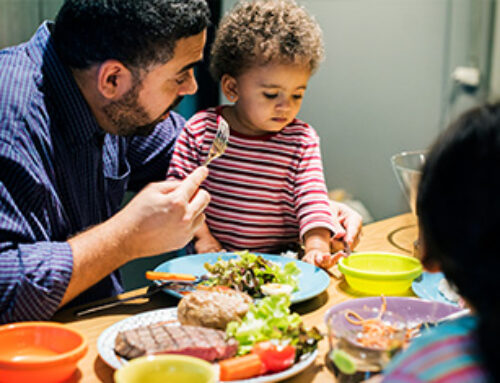Familismo & Fatalismo: How Cultural Beliefs Affect Health Care
Published March 2022 | Back to all news and updates.
Diabetes is a chronic disease that affects millions of Americans. In addition to everyday tasks, people with diabetes require self-management of daily glucose levels, meals, physical activity, and medication to keep healthy. Hispanic/Latinos are the largest non-white group in the United States and have the highest rates of Diabetes as compared to other ethnic groups; this can be related to the lack of healthcare, genetics, obesity rates, insulin resistance, lower economic status, and sociocultural factors.1 In Hispanic/Latino culture, a strong emphasis on family may make it common for adult patients with diabetes to neglect certain health needs to prioritize other’s needs, a concept known as “Familisimo”.
Psychology Today defines familismo as a central Hispanic/Latino cultural value. It involves dedication, commitment, and loyalty to family.2 Regularly spending time with one’s immediate and extended family is part of familismo. It consists of seeking the family’s advice for important decisions. Sometimes familismo means putting the family above oneself. It may even mean helping one’s parents and siblings with money.2 This is an important topic to understand when treating Hispanic/Latino patients as they may prioritize others’ needs before their own. If Hispanic/Latinos are of lower economic status, they may choose to spend their money on the family’s needs versus their own. In addition to prioritizing the family’s needs, it may be challenging to opt for healthier choices as healthier and organic products are more expensive. For example, there is a big difference in price for a salad that will only feed one person compared to a pizza for the same or lesser price that can feed a whole family. Therefore, diabetes management may be difficult for patients struggling to make ends meet, leaving them in a cycle affecting their current and future health.
Living with uncontrolled diabetes can lead to self-stigma. Self-stigma can become an issue when a person is unable to work or cope due to their symptoms or complications of diabetes — such as working or participating in family functions. The experience of stigma disproportionately affects those with a higher BMI, higher A1C, and poorer self-reported blood glucose control, suggesting that those who need the most help are also those most affected by the stigma.1
Fatalismo, as defined by the Stanford Encyclopedia of Philosophy Archive refers to an attitude of resignation in the face of future events which are thought to be inevitable.3 Fatalismo is another concept that is commonly a part of Hispanic/Latino culture. In this instance, it can be seen as the idea that if parents have diabetes, then children will most likely have diabetes. The lack of education on chronic illness can lead to this thought process as diabetes can be controlled and prevented.
Involving CHWs to Address Shared Cultural Beliefs
If the health care provider does not consider these beliefs, treatment recommendations are likely to be ignored. A proven strategy to overcome these cultural barriers is the implementation of Community Health Workers (CHWs).4 Being from the same community, speaking the same language, and sharing the same beliefs gives CHWs a unique insight into the community’s worries, struggles, and needs. Aside from these, CHWs meet participants where they are – at home, at work, or out in the community – to better reach participants and meet their unique needs.
CHWs are trusted members of their communities, and they possess the appropriate skills to facilitate discussions on sensitive topics.5 A CHW can relate to the patient’s struggles, acknowledging the participant’s beliefs while educating, coaching, and encouraging the patient and their family to take charge of their own health. Interacting with the CHW allows participants to understand misinformation they have heard from other community members or other sources. Overall, CHW interventions have successfully improved health outcomes among individuals diagnosed with diabetes.6
“I enjoy spending time with my participants. I listen to them, their needs, concerns and suggest resources as needed. Together, we work on making small changes that will lead to significant health effects. In our culture, we celebrate any occasion with foods usually high in sugar and carbohydrates. We greet our guests with sweet bread, sugary drinks, and heavy foods. As a Promotora, my role is to offer health education in a way that my participants can relate to so that they may want to make a change.” -Selenia Gonzalez, MHP Salud Community Health Worker.
- https://www.ncbi.nlm.nih.gov/pmc/articles/PMC6953173/
- https://www.psychologytoday.com/us/blog/life-in-the-intersection/201704/familismo
- https://plato.stanford.edu/archives/win2018/entries/fatalism/
- https://www.ncbi.nlm.nih.gov/pmc/articles/PMC5847327/
- https://www.ncbi.nlm.nih.gov/pmc/articles/PMC5458568/
- https://mhpsalud.org/our-chw-initiatives/community-health-workers/
This publication is supported by the Health Resources and Services Administration (HRSA) of the U.S. Department of Health and Human Services (HHS) as part of awards as follow: Health Outreach Partners (HOP) National Training & Technical Assistance National Cooperative Agreement totaling $847,285.00 with 0 percent financed with non-governmental sources and MHP Salud National Training & Technical Assistance Cooperative Agreement totaling $678,959.00 with 0 percent financed with non-governmental sources. The contents are those of the author(s) and do not necessarily represent the official views of, nor an endorsement, by HRSA, HHS or the U.S. Government. For more information, visit www.HRSA.gov
Blog Topics

This resource provides educational prevention tools that Community Health Workers (CHWs) can use and share with Migrant Seasonal Agricultural Workers and other vulnerable populations to reduce diabetic health complications.







